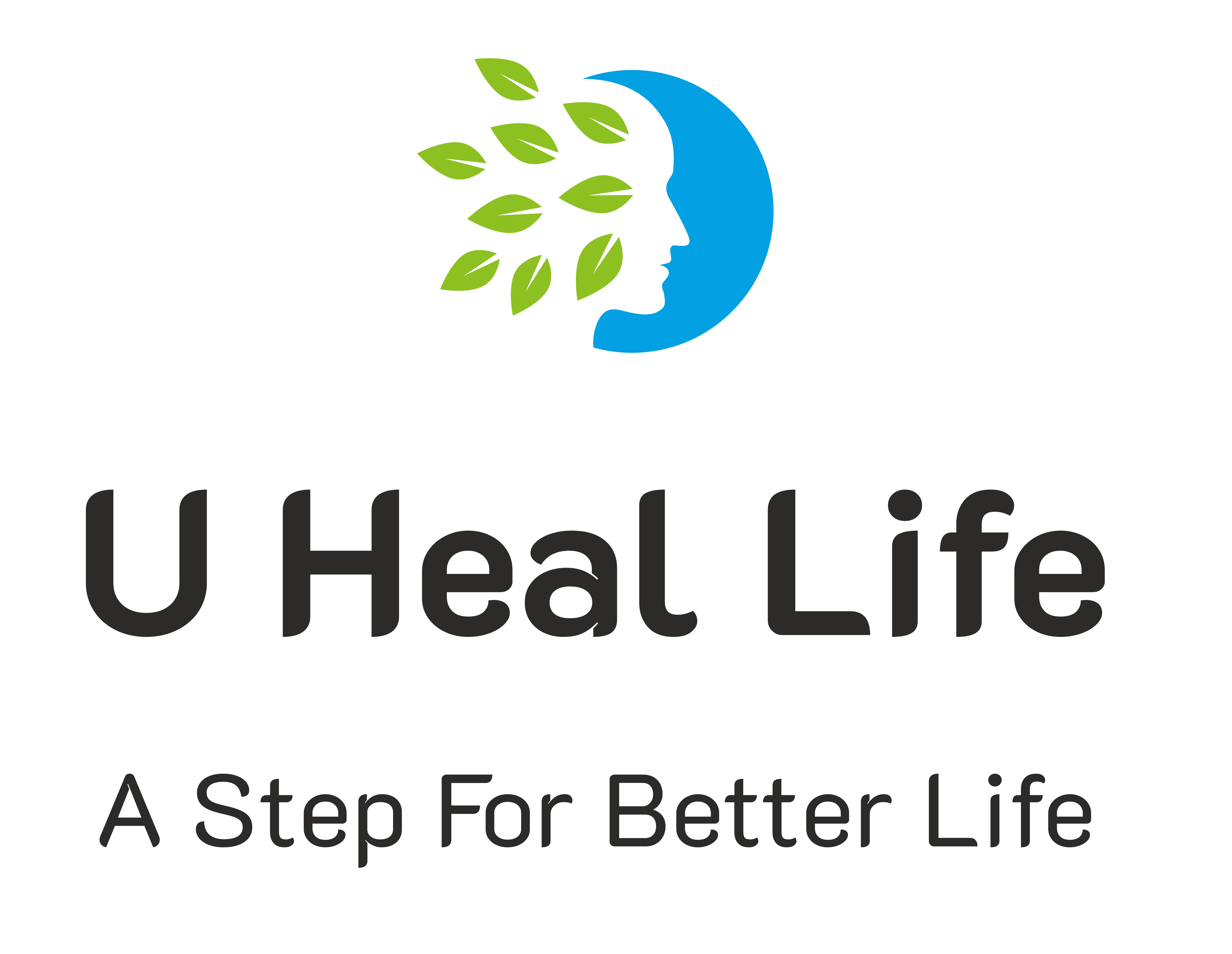Elderly Left Behind: How Funding Cuts Hurt Senior Mental Health Services
Introduction
As the global population ages, the need for senior mental health services has never been greater. Yet, ironically, mental health funding for the elderly is steadily declining, leaving one of society’s most vulnerable populations behind. These cuts are not just financial—they are life-threatening. Ignoring the mental health needs of seniors is a public health crisis in the making.
The Overlooked Mental Health Crisis Among Seniors
Mental health disorders among older adults are more common than many realize:
- 1 in 4 seniors suffers from mental health issues such as depression, anxiety, or dementia.
- Many seniors also face loneliness, bereavement, and chronic illness, which can contribute to declining mental health.
- Suicide rates among elderly men are among the highest of any demographic group.
Despite these alarming facts, senior mental health services are often underfunded, under-resourced, and under-prioritized.
How Funding Cuts Are Hurting Senior Mental Health Services
When governments slash healthcare budgets, geriatric mental health programs often take a disproportionate hit. The impacts are profound:
- Closures of specialized mental health clinics for older adults
- Reduction in in-home psychiatric care and therapy
- Longer wait times for diagnosis and treatment
- Cuts to community programs that prevent isolation and depression
Without accessible and age-appropriate care, many seniors are left to struggle in silence.
Vulnerable Groups Are Hit the Hardest
The consequences of funding cuts are not equally distributed:
- Low-income seniors often rely solely on public programs for support.
- Seniors in rural areas face geographic barriers that are worsened by service closures.
- Minority and immigrant elderly populations may struggle with language, cultural stigma, or lack of outreach.
For these groups, funding cuts can mean complete loss of access to care.
The Cost of Ignoring Elderly Mental Health
Neglecting the mental well-being of older adults comes at a steep price:
- Increased use of emergency medical services due to mental health crises
- Greater burden on caregivers and family members
- Higher rates of nursing home admissions and institutionalization
- Long-term economic impact on healthcare systems
Preventative and supportive mental health care is far more cost-effective than dealing with the consequences of neglect.
Why Senior Mental Health Should Be a Priority
The benefits of investing in senior mental health include:
- Improved quality of life and independence for elderly individuals
- Reduced hospital readmissions and healthcare costs
- Support for family caregivers, leading to better community health
- Stronger, more inclusive health systems that serve all generations
Ignoring this issue is not only unethical—it’s economically short-sighted.
Solutions: What Needs to Change
To address the growing crisis, governments and communities must:
- Restore and expand funding for senior-specific mental health services
- Train more geriatric psychiatrists, counselors, and social workers
- Integrate mental health screenings into routine senior healthcare
- Enhance telehealth and mobile mental health support for homebound elderly
- Launch public awareness campaigns to combat stigma and increase outreach
Conclusion
The mental health of our elderly population is not optional—it is essential. As funding continues to decline, countless seniors are left isolated, untreated, and unseen. It’s time to reverse these cuts and ensure that mental wellness is a right, not a privilege, regardless of age.










